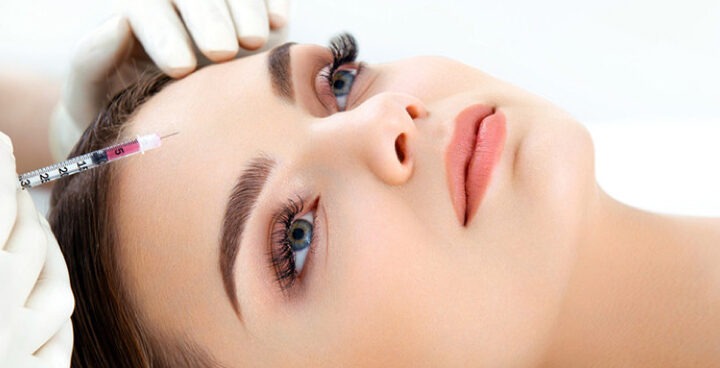Platelet-rich plasma (PRP) therapy involves injection of the patient’s own platelets for the cosmetic treatment of wrinkles or scars in the face, hands, and neck. Known to some as the “vampire facelift” (a term trademarked by Alabama cosmetic surgeon Charles Runels), it is less invasive than plastic surgery, takes about 60-120 minutes for each treatment, and offers improvements for up to 18 months.
To learn more about the role of PRP therapy in cosmetics, we interviewed Dr. Bridghid McMonagle.
Dr. Bridghid McMonagle graduated from Bastyr University and completed a residency at the National College of Natural Medicine (NCNM) where she performed rotations at the Oregon Health & Science University (OHSU) involving dermatology, gastroenterology, women’s health, and emergency care. She is certified in Ozone therapies, Wilson Temperature Protocol, LENS neurofeedback system, IV therapy, and has taken several seminars regarding bioidentical hormones, heavy metal chelation, neurofeedback, and injection techniques.
Dr. McMonagle was the first certified ozone practitioner in Oregon. She has trained extensively in ozone and PRP therapies. Dr. McMonagle has trained with Dr. Frank Shallenberger, Dr. Robert Rowen, Dr. Howard Robbins, Dr. Adrianna Schwartz, Dr. Lohadny and many more. The clinic offers the most extensive options in ozone therapies that we know of in Oregon.
LOHC: What is the rationale behind the use of PRP therapy to improve facial appearance?
Dr. McMonagle: A steady trend over the past 15 years has been for patients to seek less-invasive procedures for facial rejuvenation. PRP has been used by surgeons for many years to speed up soft-tissue healing from sports injuries as well as to treat burn victims and patients with severe ulcers. It is also used as an adjunct to implant therapy in dentistry. We have found PRP therapy to be very effective not only for joint regeneration and chronic pain but also for its anti-aging benefits.
PRP is now being used cosmetically to treat volume loss in the face, hands, and neck — particularly the thin, loose skin under the eyes and neck — as well acne scarring and stretch marks.
LOHC: By what mechanisms do injections of PRP restore facial appearance?
Dr. McMonagle: Platelets contain substances called “growth factors” that can help activate and rejuvenate cells in our body. Unlike fillers that use various synthetic substances, PRP uses the patient’s natural biology to address skin defects and volume loss, triggering production of new cells and collagen formation.
LOHC: How long does the procedure take, and how is it performed?
Dr. McMonagle: This cutting-edge rejuvenation can be 60-120 minutes depending on your treatment requests. Using our specialized PRP filler take more time.
LOHC: What type of results can generally be expected?
Dr. McMonagle: If we are using the PRP filler, results are immediate. The PRP microneedling technique will start to show effects over the next several weeks to months. Some patients report still noticing a difference after 1 treatment 3 years prior.
LOHC: What are the risks or complications?
Dr. McMonagle: Because this PRP filler and PRP is made from the patient’s own blood, there are limited risks. Patients can expect some bruising.
LOHC: For what types of patients is this procedure most and least suitable?
Dr. McMonagle: Any patient who wishes to improve volume loss, fine lines, and textural changes of the skin is suitable for this procedure. It also appeals to the patient who is looking for a natural approach to volumizing the face and treating or reducing fine lines. Everyone’s platelets are different. Patients tend to see better results if they are already working with us to improve their health first.
LOHC: How long are the improvements maintained? If necessary, can the procedure be repeated, and if so, with what anticipated outcome?
Dr. McMonagle: PRP can be repeated, and better results are seen with a total of 2-3 treatments given 3-4 months apart. Patients can expect to see better results as they receive more treatments. With time, the results of PRP get better and better.
LOHC: How does PRP therapy compare with injections of filler, Botox(Botox® Cosmetic; Allergan, Inc; Irvine, California), or surgical facelifts?
Dr. McMonagle: PRP improves collagen over time, whereas traditional filler breaks down over time.
LOHC: What is your overall opinion of the role that PRP therapy should play in facial restoration?
Dr. McMonagle: PRP therapy is very promising in facial restoration. Results are optimal when patients receive a combination of PRP, PRP dermal fillers, and systemic ozone therapies.

